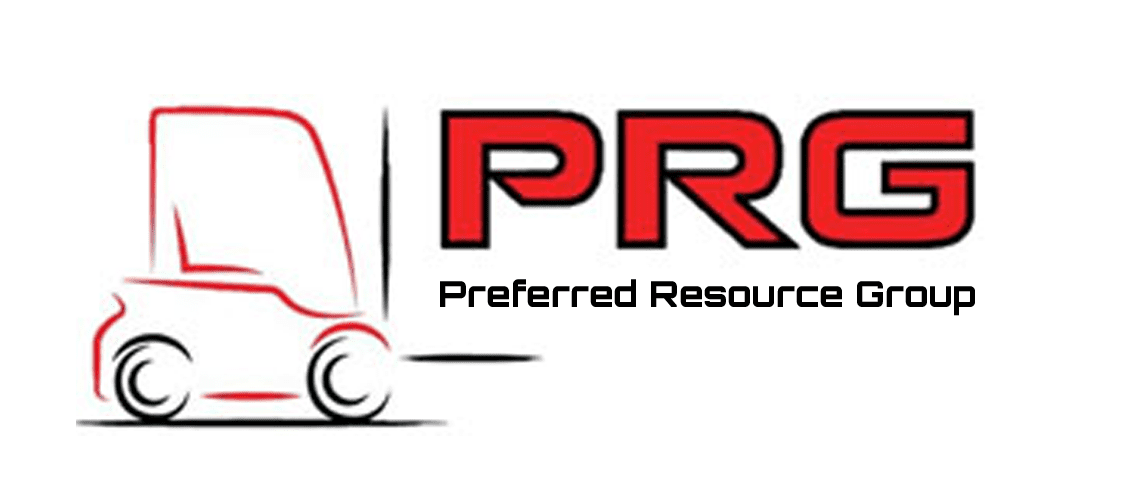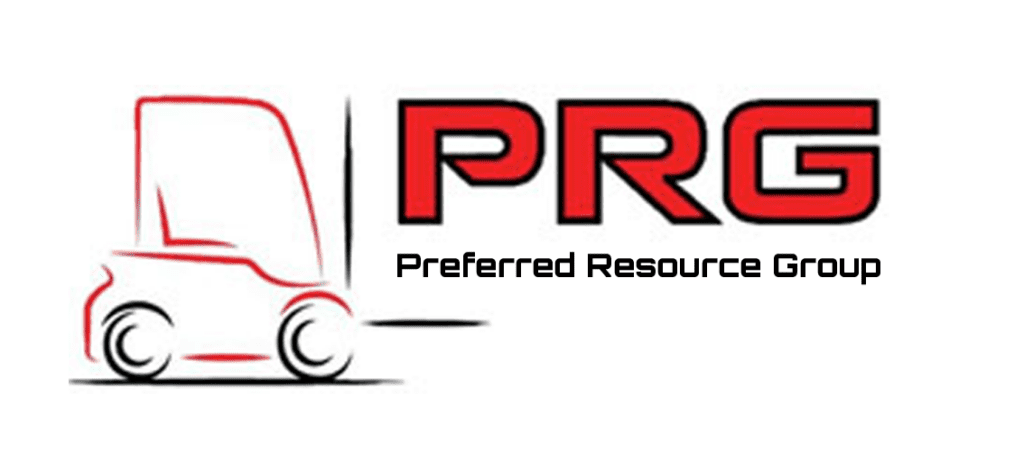When your firm starts to expand, the small pallet jack you’ve been using suddenly becomes insufficient. You begin looking for something better, more effective, etc., but you run into problems with forklifts.
The variety is enormous. So many details. A lot of price tags. To be honest, the majority of the information available is completely unreliable. So let’s speak like actual people instead of using the dull tone of a textbook.
Not to study a forklift encyclopedia, but to determine which forklift will truly make your business work more smoothly. This guide explains the different kinds of forklifts, but more significantly, it explains how to pick the best one for your requirements.
What are Forklifts?
Alright, let’s start with the fundamentals. If you need to move, stack, and lift big items in your warehouse, a forklift is your best friend. The machine really performs the heavy lifting.
However, not every forklift is created equal. Some are made like tanks to carry weight over rough outside building sites, while others are compact and agile for confined inside settings.
It’s important to consider what works for you while selecting one, not just what’s trendy or affordable.
Why Knowing the Forklift Types is Important?
Let’s say you purchase a stylish and impressive-looking forklift. It is unable to raise half of your pallets after a week. For your aisles, it is too broad. And it’s a pain for your workers to use. It now just seems like an expensive bench sitting in a corner.
That is the result of not doing your homework. Understanding the different kinds of forklifts helps you avoid wasting money. It benefits you:
- Select the appropriate machine for your area.
- Maintain the efficiency and safety of your staff.
- Steer clear of costly errors or frustrating malfunctions.
- Briefly? It has nothing to do with lifting. It all comes down to lifting properly.

Different Kinds of Forklifts
Now let’s explore different kinds of forklifts. We’ll make everything concise, approachable, and straightforward, so don’t worry.
1. Counterbalance Forklifts
These are the traditional forklifts that most likely come to mind first. To balance the load, place weight at the rear and forks at the front.
- Perfect for: Indoor and outdoor general warehouse use.
- Why they’re so great: Simple to operate, no complex maneuvering required.
- Note: Not recommended for extremely small areas.
2. Reach Trucks
Imagine towering shelves and small aisles. The purpose of these forklifts is to reach out and retrieve objects from shelves that appear to be halfway to the ceiling.
- Good for: Vertical storage warehouses
- Their ability to navigate confined areas is what makes them so amazing.
- Note: Unsuitable for outdoor or rugged terrain
3. Pallet Jacks (Manual & Electric)
They move pallets quickly, but they don’t lift very high. Low-maintenance, compact, and reasonably priced.
- Perfect for: Brief movements on level terrain
- Why they are great: affordable, portable, and user-friendly for beginners
- Note: Unable to lift or stack high
4. Rough Terrain Forklifts
Big tires. Big muscles. They are designed to function in outdoor environments with uneven terrain.
- Perfect for: timber yards, construction sites
- Their ability to withstand mud, gravel, and uneven terrain is what makes them rock.
- Note: Typically loud and fuel-hungry
5. Telehandlers
They resemble forklifts with telescoping booms, a cross between a forklift and a crane.
- Excellent for: Jobs requiring a significant amount of height and reach
- The reason they are so amazing: An adaptable arm that can reach places others cannot
- Warning: Expensive and may require a skilled operator
6. Walkie Stackers
Little electric forklifts that are walk-behind. Great for situations when space is limited and speed is not necessary.
- Good for: Small spaces, small weights.
- They are excellent since they are inexpensive, small, and silent.
- Watch out for slower and lower capacity.
7. Side Loaders
Have you ever tried to move long items down a tight corridor, like pipes or lumber? These are your go-to machines.
- Suitable for: Handling bulky items in small storage areas.
- They increase mobility by loading from the side, which is why they rock.
- Note: Not very flexible outside of their area of expertise.
Expert Tips to Make Smarter Choices for Forklifts
Okay, so this is what nobody includes on the specification sheet for different kinds of forklifts:
- Try before you buy: Take advantage of any forklift demos available. Brochures are not as effective as real-world testing.
- Consider your alternatives for servicing and repair to avoid being trapped with a rare model that no one can fix.
- Bigger isn’t necessarily better, so don’t overspend. Make sure your forklift is the right size for your needs.
- Inquire about fuel or battery life; downtime is inconvenient, especially for electric models.
- Consider the long term; what works now might not be scalable in six months.
- Additionally, carefully review the return policy. Remorse on wheels is the last thing you want.
Choose Smart, Lift Smart
So here’s the deal, forklifts are an investment. But they don’t have to be a gamble. When you take the time to understand the different kinds of forklifts and match them to what you actually need, everything else just clicks.
Don’t just go with what’s popular or what a salesman tells you. Go with what fits your operation like a glove. Choose smart and lift smart.
And if you’re looking for a reliable forklift dealer to help you make that smart choice? Check out PRG Equipment. We’ve got a wide selection of forklifts, expert advice, and a no-pressure, let’s help you find what you need approach.
FAQ’s
Ans: A counterbalance forklift. It handles a wide range of tasks and is easy to operate.
Ans: Some models, like LPG-powered counterbalance forklifts, can handle both, but check your floor and weather conditions.
Ans: For indoor use, yes. They’re quieter, cleaner, and easier to maintain. But outdoors, gas or diesel often wins.
Ans: Easily 8-10 years or more. It depends on how hard you push it.
Ans: If you only need it short-term or seasonally, rent it. For daily, long-term use, buying makes more sense.


